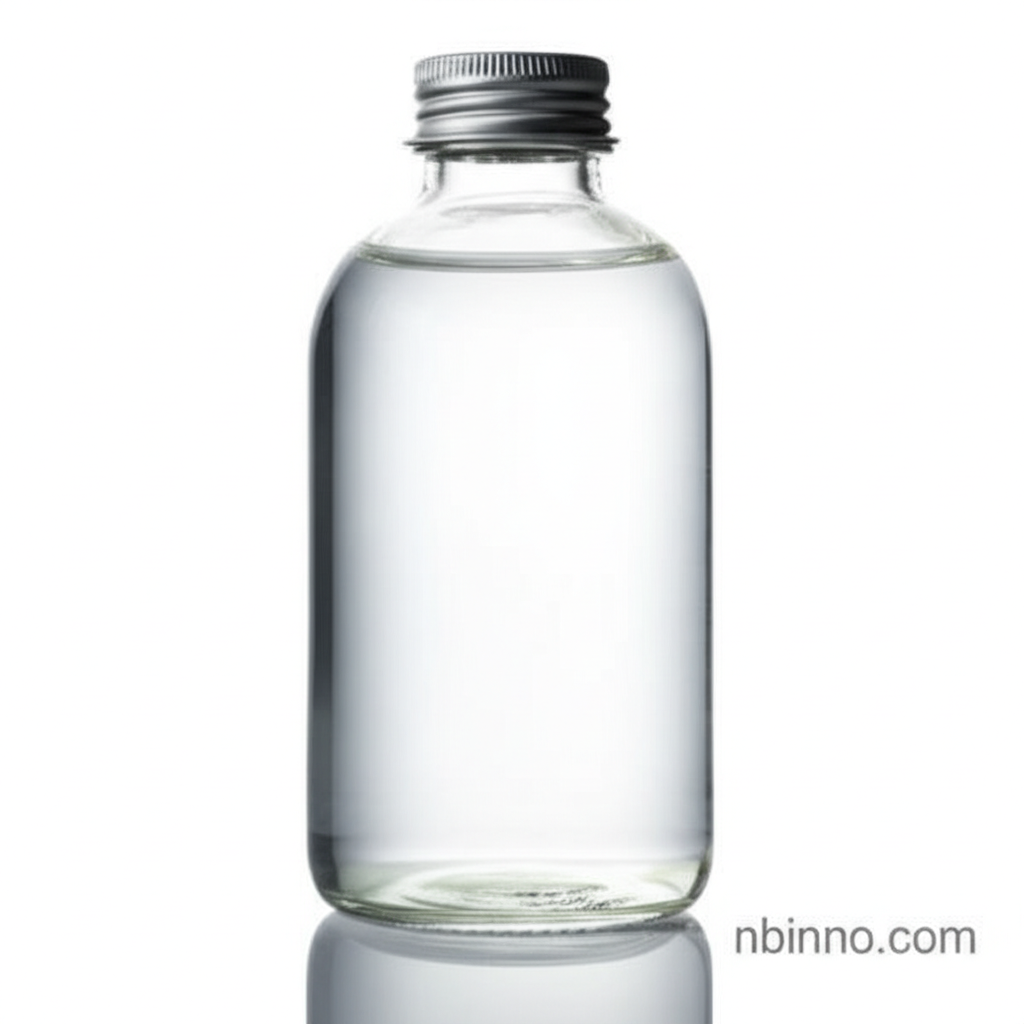Diethylene Glycol (DEG): Your Guide to Industrial Applications, Properties, and Safe Handling
Discover the essential properties, diverse uses, and safety guidelines for Diethylene Glycol (DEG) in industrial applications.
Get a Quote & SampleProduct Core Value

Diethylene Glycol
Diethylene Glycol (DEG) is a crucial organic compound with the formula C4H10O3. Known for its colorless, practically odorless, and hygroscopic nature with a sweetish taste, DEG is a widely utilized solvent and chemical intermediate. Its unique properties make it indispensable in various industrial sectors.
- Understand the critical role of diethylene glycol as a chemical intermediate in various synthesis processes, contributing to the production of valuable downstream products.
- Explore the diverse industrial applications of DEG, from coatings and inks to polyurethane and resin synthesis, showcasing its versatility.
- Learn about the key chemical properties of diethylene glycol, including its high boiling point and excellent solvency, which enable its use in demanding conditions.
- Adhere to safe handling of diethylene glycol practices to ensure operational safety and prevent potential hazards associated with its use.
Product Advantages
Efficient Solvent Performance
Leverage the strong solvency for polar substances like dyes and resins, making diethylene glycol ideal for coating and ink formulations, and improving printing applications.
Moisture Control
Utilize its hygroscopic nature for moisture absorption and retention, crucial in textile fiber processing and tobacco moisture control, playing a key role in maintaining product quality.
High-Temperature Stability
Benefit from its high boiling point, ensuring stability in high-temperature processes like polyester resin synthesis, a critical aspect for many chemical manufacturing operations.
Key Applications
Polyurethane and Resin Industry
DEG serves as a polyurethane chain extender and an active diluent for unsaturated polyester resins, vital for the production of advanced materials.
Coatings and Inks
It functions as a solvent-based coating film-forming aid and a viscosity modifier for printing inks, enhancing product performance.
Textile Printing and Dyeing
DEG acts as a dye solvent and fiber absorbent, improving dyeing uniformity and efficiency in the textile industry.
Antifreeze and Heat Transfer
Its low freezing point makes it a component in industrial circulating water system antifreeze and heat transfer mediums, ensuring system reliability.
Related Technical Articles & Resources
Why Choose Us?
Leverage our expertise and state-of-the-art infrastructure to accelerate your journey from discovery to commercial success.
Global Experience
With 20 years of R&D, manufacturing, and sales experience, we proudly serve clients across 60 countries and regions worldwide.
Advanced Facilities
Our in-house R&D laboratory, pilot platform, and large-scale production workshop are equipped to meet the audit requirements of global customers.
Seamless Scalability
We facilitate a perfect transition from small-scale lab requirements (grams) to full commercialization (hundreds of tons).
